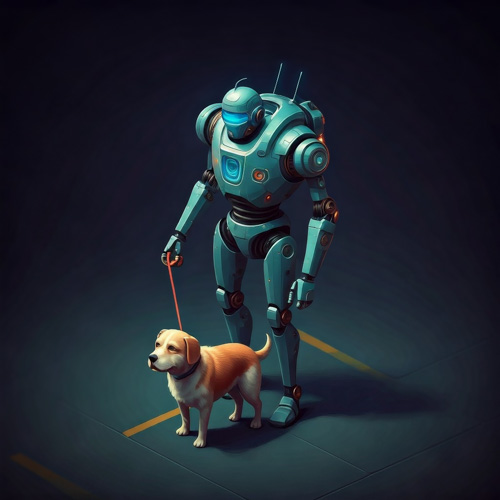For many in the Generation X demographic, the conversations around aging are becoming less hypothetical and more immediate. We find ourselves increasingly concerned with the well-being of our parents, and perhaps, with a subtle glance in the mirror, our own future needs. A recent development offers a glimpse into a potentially transformative solution for a common and serious concern: falls among seniors.
Researchers at Nanyang Technological University, Singapore, have developed a new robot designed to prevent falls by physically catching individuals as they lose their balance. This isn’t a clunky, intrusive machine, but rather a mobile robot that can detect a fall in progress and, within a mere 0.37 seconds, position itself to provide support, potentially preventing serious injury. The robot, dubbed Mobile Robotic Balance Assistant (MRBA), employs a harness worn by the user, allowing for a gentle yet firm intervention. The study, involving 29 participants, demonstrated the robot’s ability to reduce the force of falls significantly.
The implications for older adults are substantial. Falls are a leading cause of injury and even death among seniors, often leading to a cascade of health issues, loss of independence, and increased healthcare costs. While this technology is still in its developmental stages and not yet commercially available, the promise of a proactive, immediate intervention against falls is compelling. Imagine the peace of mind this could offer to families, knowing there’s an extra layer of protection for their loved ones living independently.
For Generation X, this innovation resonates on multiple levels. We are often the primary caregivers for our aging parents, navigating the complexities of their evolving needs while simultaneously managing our own careers and families. The prospect of a device that could enhance the safety and autonomy of our parents without requiring constant human oversight is incredibly appealing. Furthermore, as we approach our own senior years, the thought of having such technological assistance available could alleviate anxieties about maintaining independence and avoiding debilitating injuries.
While no technology is a panacea, the MRBA represents a significant leap forward in addressing a critical issue in geriatric care. It highlights the potential for robotics to play an increasingly vital role in supporting healthy aging, offering a blend of practical assistance and enhanced safety. As this technology matures, it will be interesting to observe its integration into home environments and its impact on the quality of life for older adults and their families.
Reference: https://dspace.mit.edu/handle/1721.1/159256


